Technology Transfer Projects
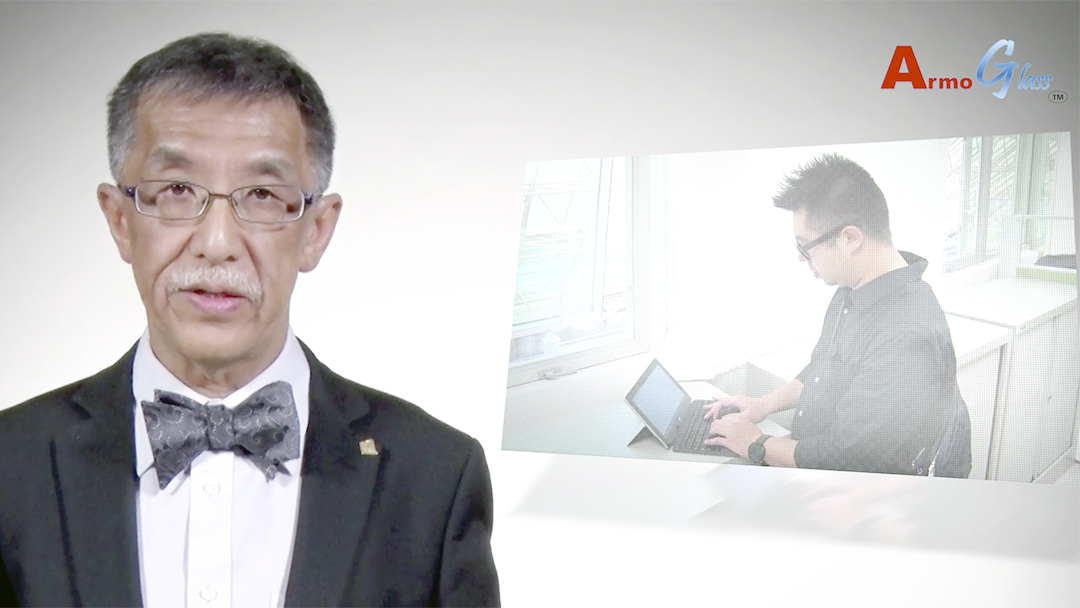
「鐵甲玻璃 TM 」,一種超硬抗刮薄膜制備技術(繁體字字幕)
2014 | 6 mins
「铁甲玻璃 TM 」,一种超硬抗刮薄膜制备技术(简体字字幕
2014 | 6 mins
Healthcare Series - From Drug Authentication to New Drugs (Chinese Medicine)
2020 | 7 mins
医疗保健系列 - 从药物认证到新药研发 (中医药)
2020 | 7 mins
Healthcare Series From Diagnosis to Treatment (Neurodegenerative Disease)
2020 | 10 mins
医疗保健系列 从诊断到治疗 (脑退化症疾病)
2020 | 10 mins
The Therapeutic Inhibitor for Epstein-Barr Virus (EBV)
2020 | 3 mins
用于治疗EB病毒的抑制剂
2020 | 3 mins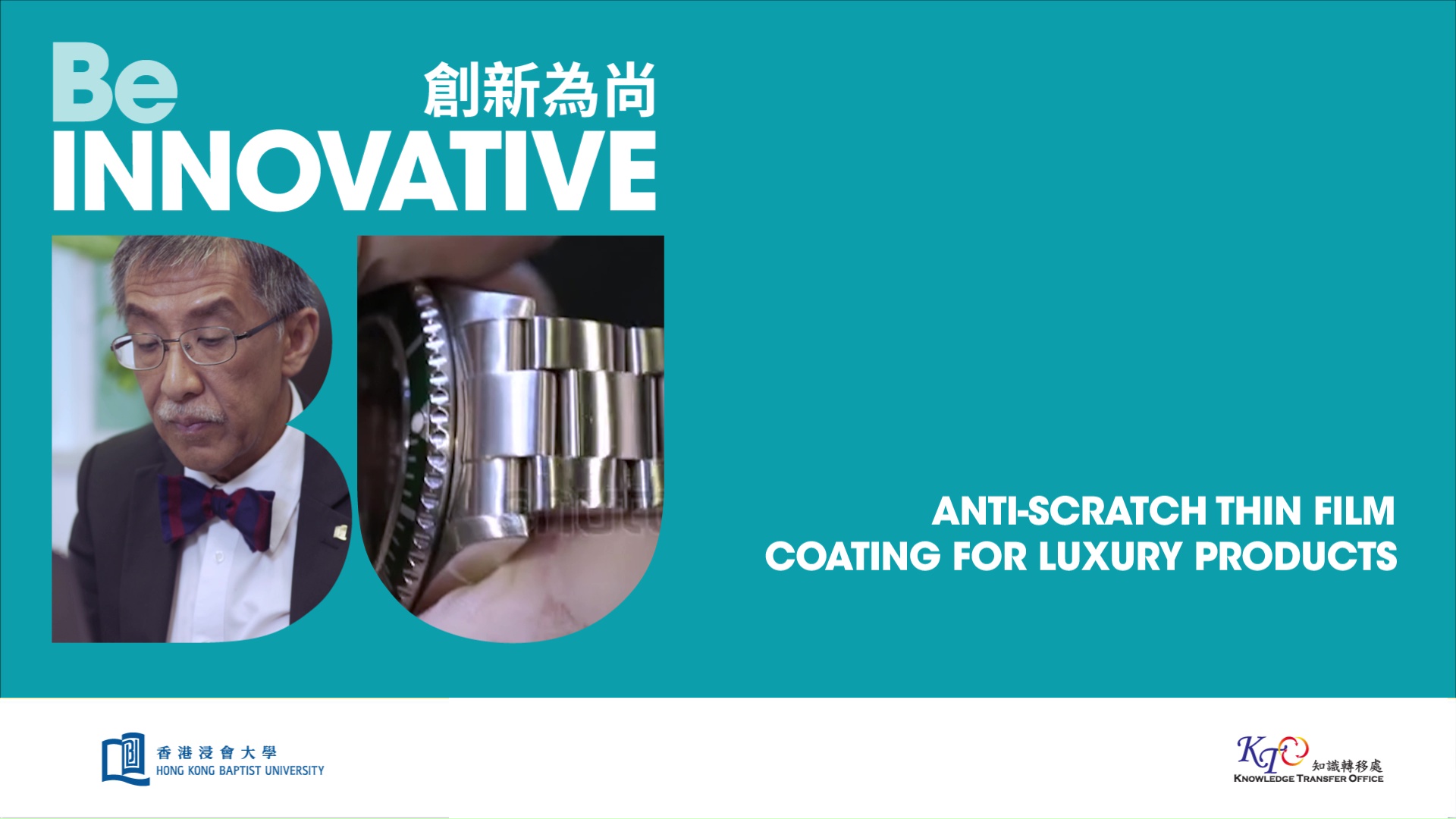
Anti-scratch Thin Film Coating for Luxury Products
2020 | 3 mins
超强硬度抗刮薄膜技术
2020 | 3 mins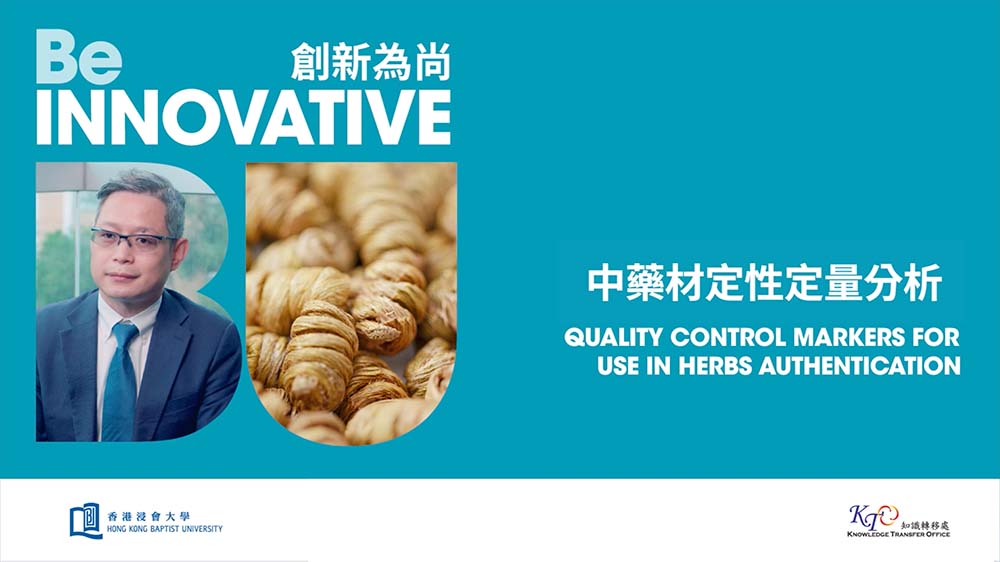
Quality Control Markers for Use in Herbs Authentication
2020 | 4 mins
中药材定性定量分析
2020 | 4 mins
中藥材定性定量分析
2020 | 4 mins
纳米囊泡可改善慢性病药物的稳定性和功效
2020 | 6 mins
Nano-vesicles for Improving Drug's Stability and Efficacy to Treat Chronic Diseases
2020 | 6 mins
内燃式引擎性能诊断
2020 | 4 mins
Diagnosis of Internal Combustion Engine Performance
2020 | 4 mins
非侵入式阿尔海默症检测套装
2020 | 6 mins
Non-invasive Alzheimer's Disease Diagnostic Kit
2020 | 6 mins
癌症诊断及光动力疗法的新型药物
2020 | 4 mins
Novel Drug for Cancer Diagnostics and Photodynamic Therapy
2020 | 4 mins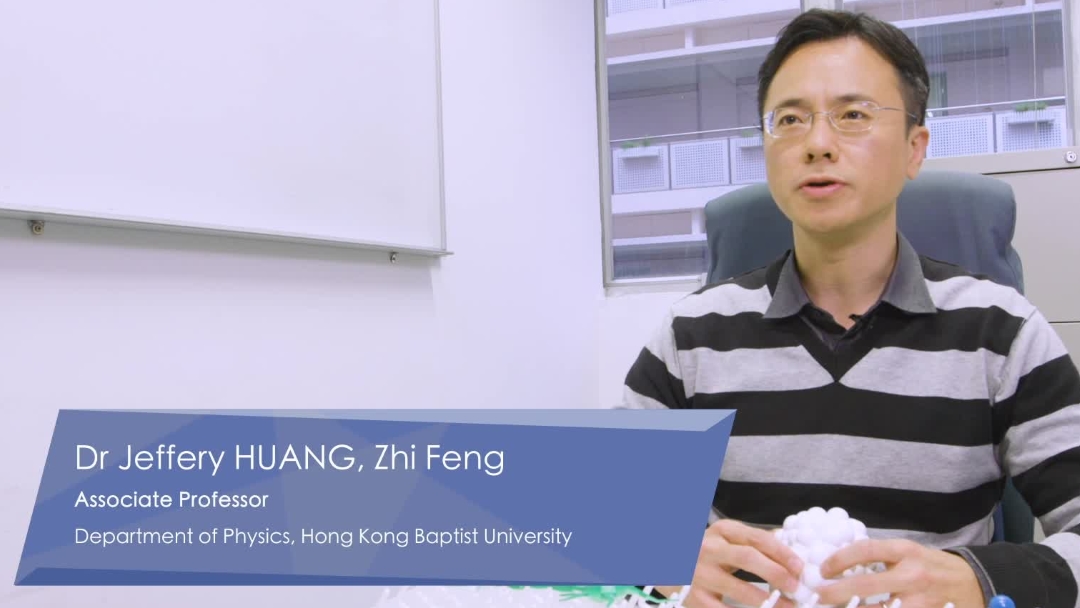
Medical Devices for Stem Cell Therapy
2017 | 4 mins
干细胞疗法的医疗器材
2017 | 4 mins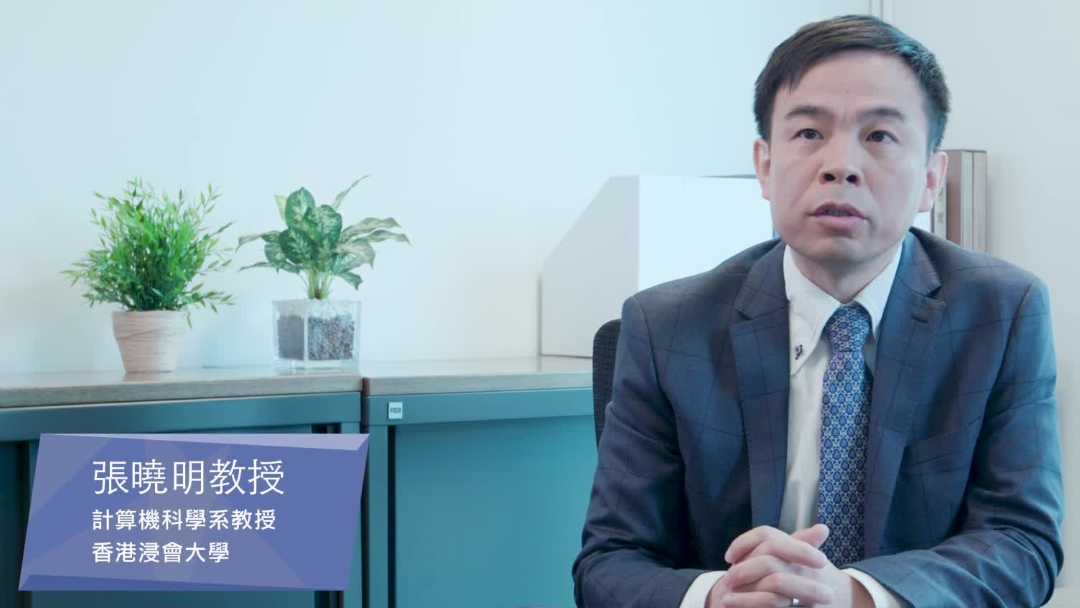
Lip-password: Double Security System for Identity Authentication
2017 | 3 mins
唇语密码双重安全身份认证系统
2017 | 3 mins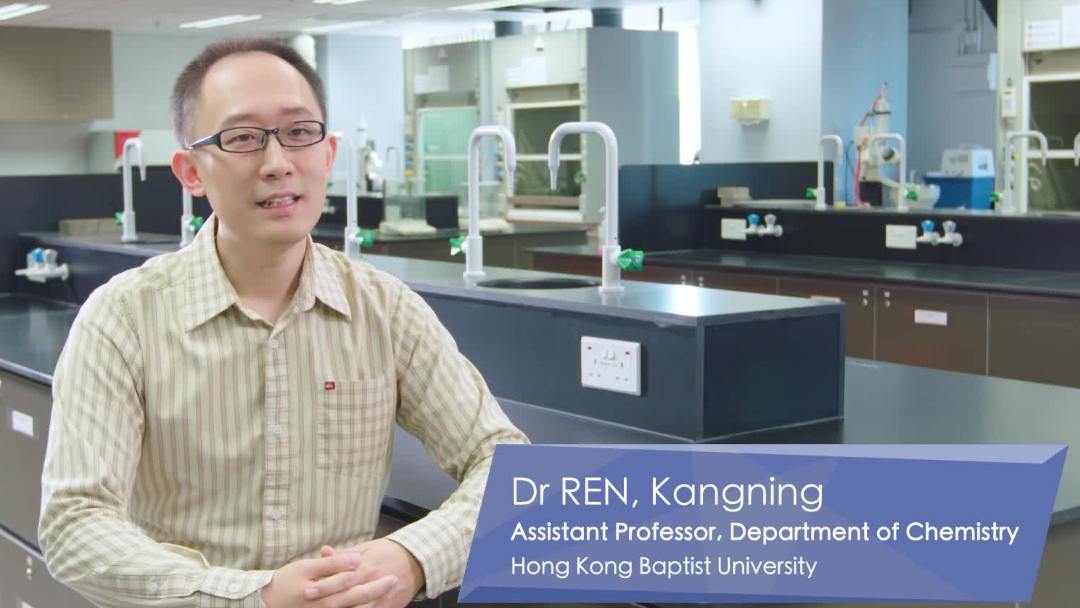
Lead Detecting Device For Water
2016 | 4 mins
铅水检测装置
2016 | 4 mins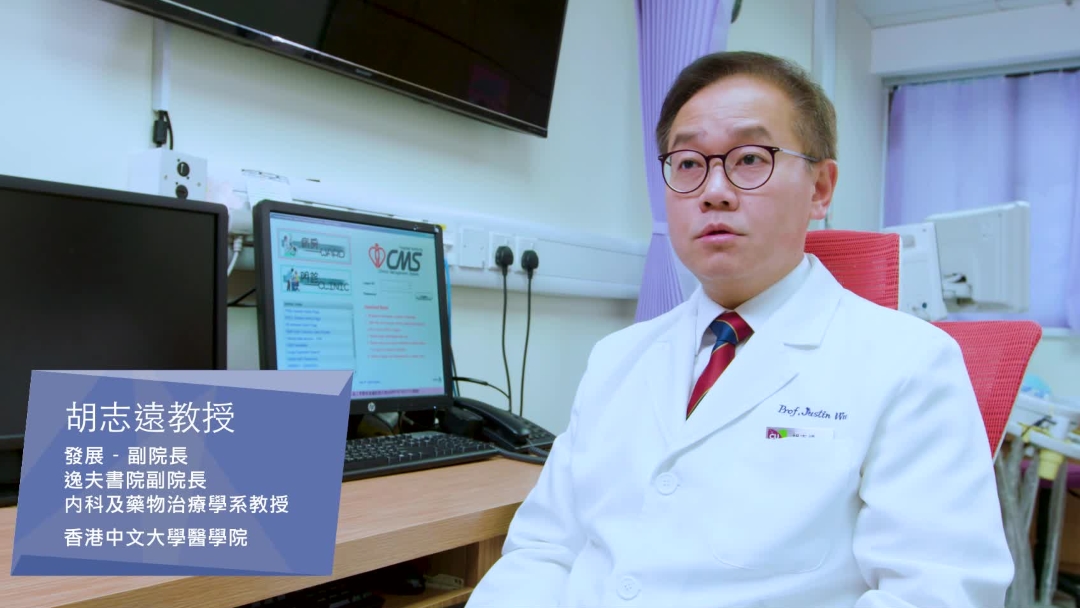
Treatment for Irritable Bowel Syndrome (IBS) Diseases
2017 | 5 mins
腸易激綜合症療法
2017 | 5 mins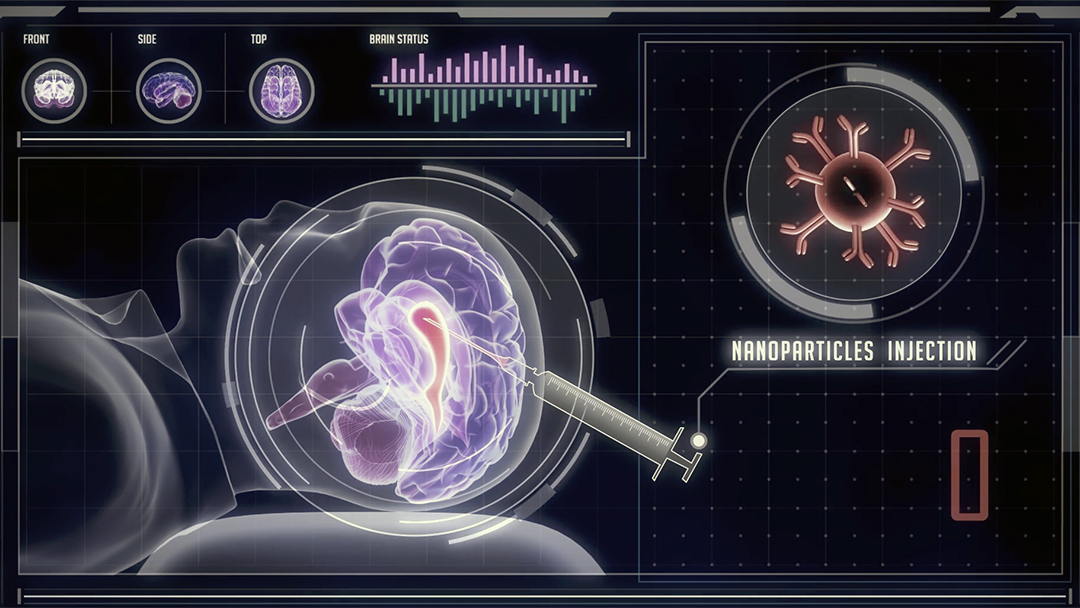
Animation of In Vivo Extraction of Neural Stem Cells in the Brain using Novel Nanomaterials
2012 | 3 mins
Lanthanide Toolbox
2017 | 4 mins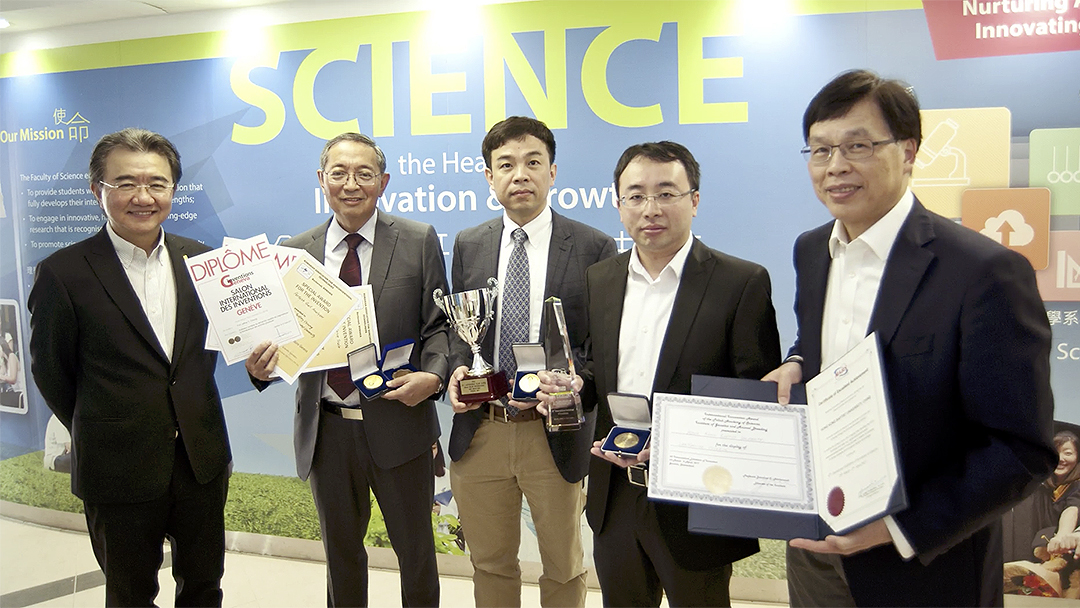
HKBU teams win nine top awards at International Exhibition of Inventions of Geneva
2017 | 5 mins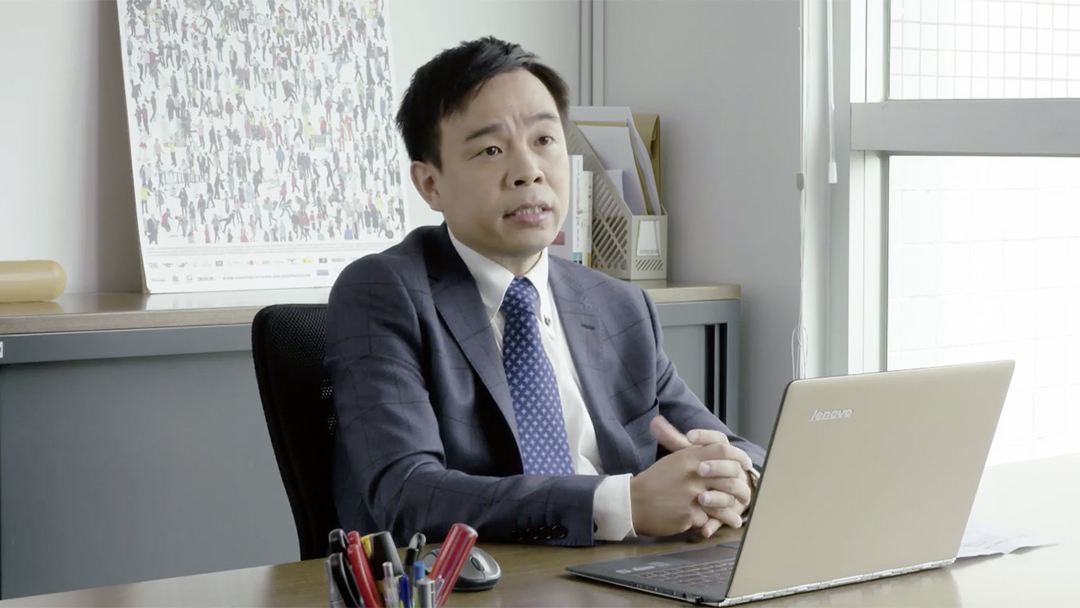
A Mobile-Based Fatigue Driving Detection & Alarm System
2016 | 4 mins
智能疲劳驾驶检测
2016 | 5 mins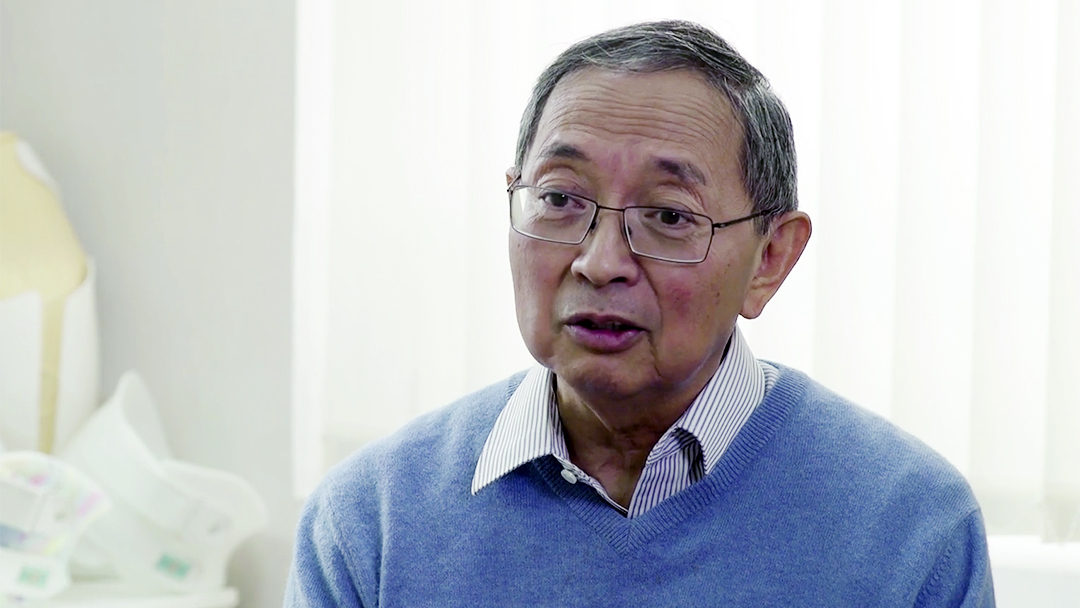
Human Balance Diagnostic Platform
2016 | 3 mins
便携的平衡秤
2016 | 3 mins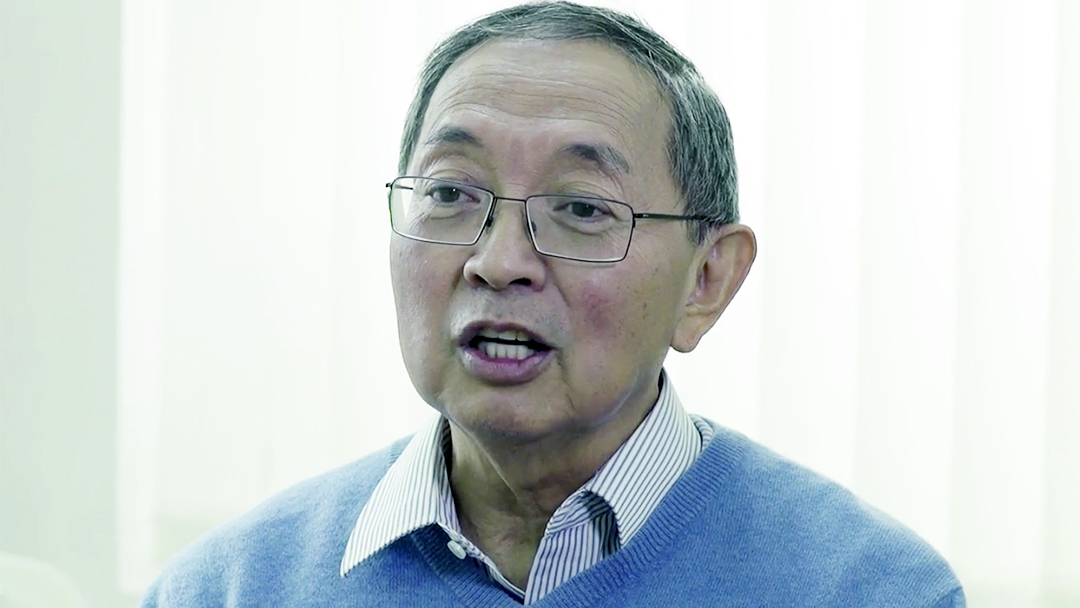
Portable Gait Analyser
2016 | 3 mins
步态分析工具
2016 | 3 mins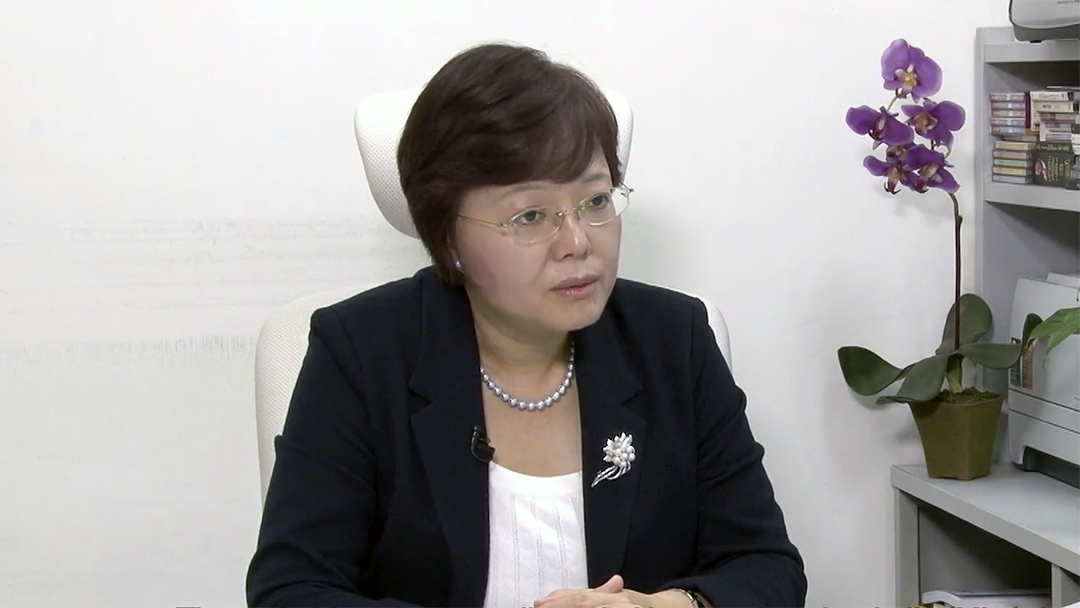
异钩藤碱可治疗帕金森症
2014 | 5 mins
A Modified Huang-Lian-Jie-Du-Tang for Treating Alzheimer's Disease
2014 | 5 mins
经过改良后的黄连解毒汤可治疗阿尔茨海默病
2014 | 5 mins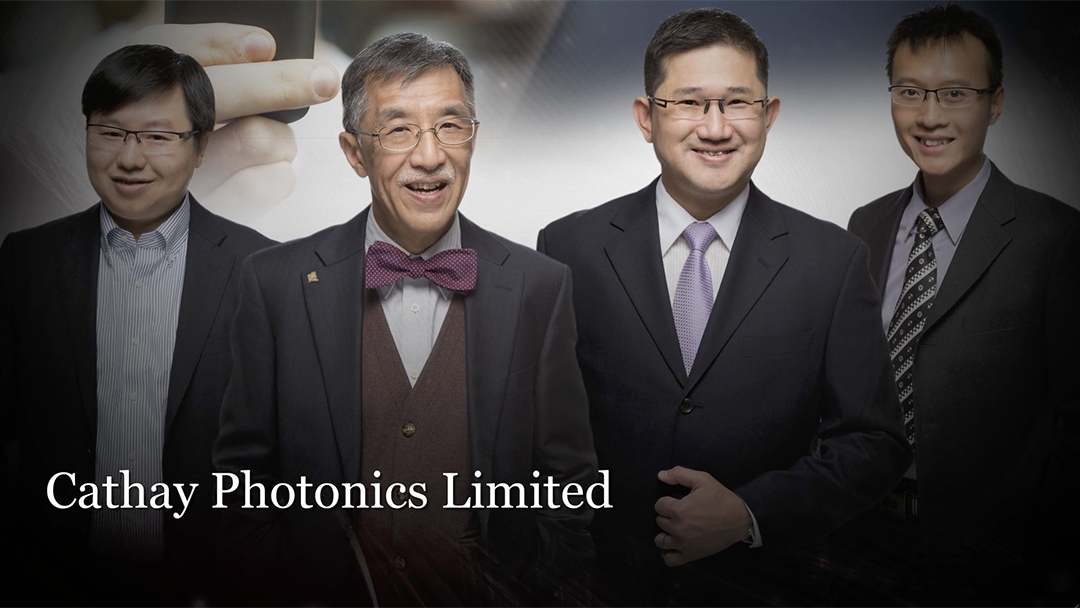
HKBU patented technologies take top prizes in international invention competition
2016 | 7 mins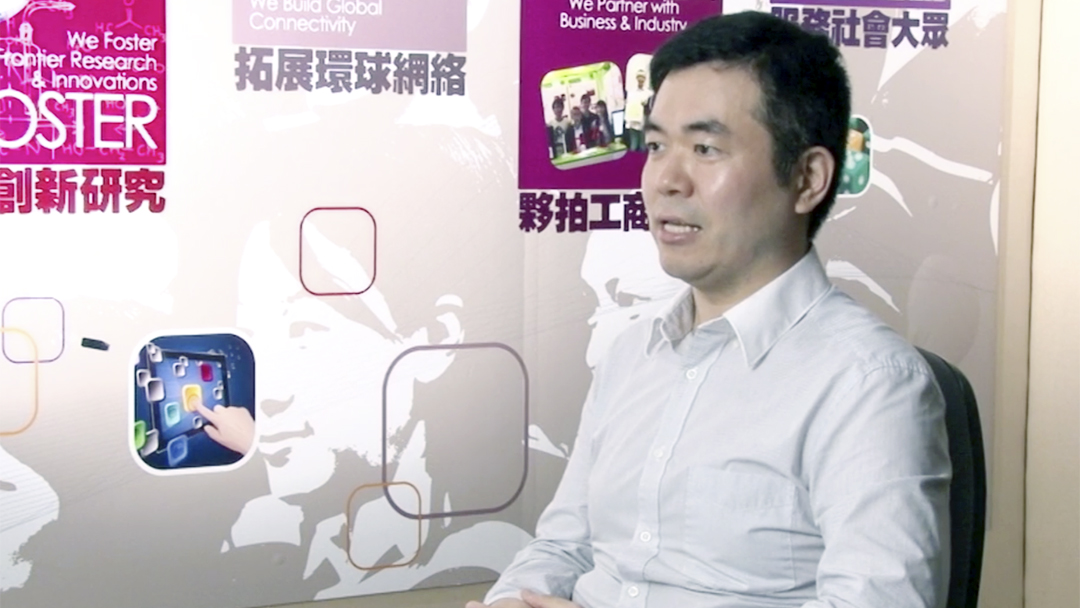
Helloc : 一个隐私保护实时通讯和社交网络服务
2012 | 9 mins
A Cloud-Computing Middleware for Providing Proximity Information to Mobile Geo-Social Networks
2012 | 9 mins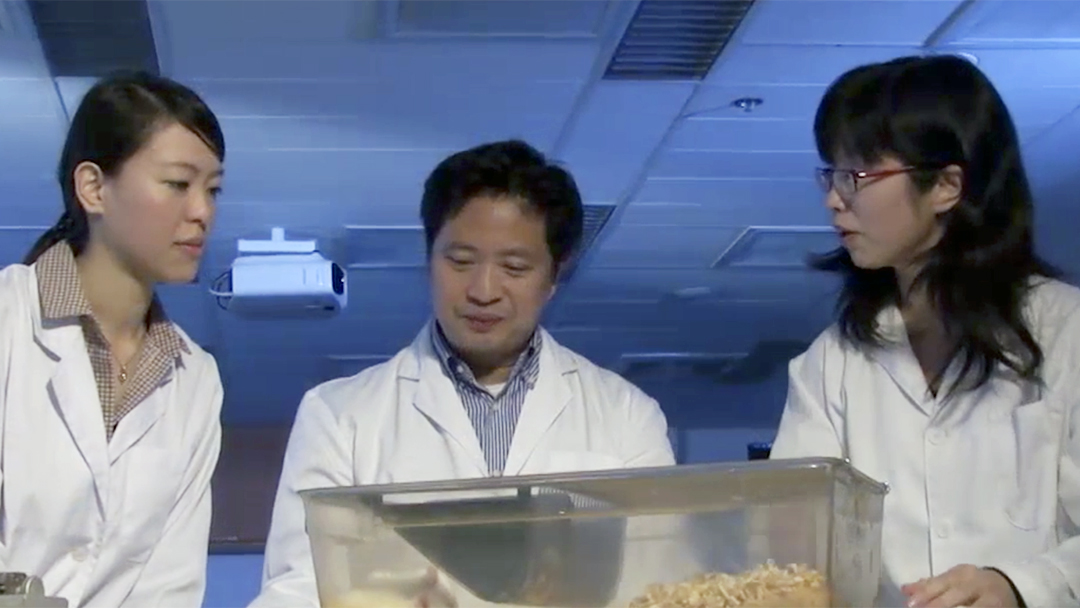
個性化的神經幹細胞用於治療腦退化疾病和腦損傷
2012 | 7 mins
In Vivo Extraction of Neural Stem Cells in the Brain using Novel Nanomaterials
2012 | 7 mins






